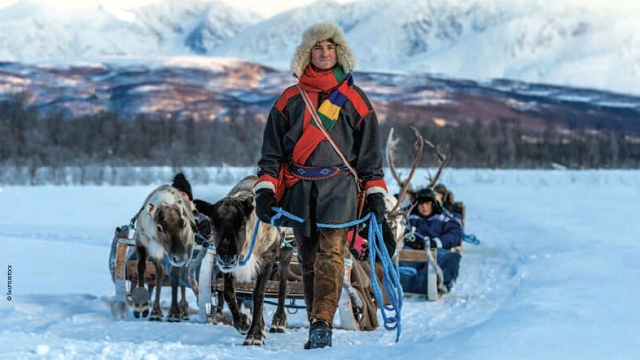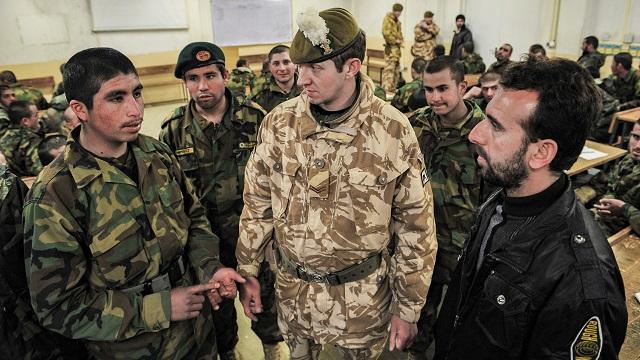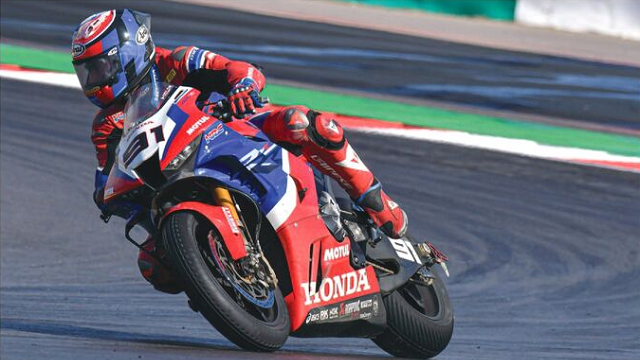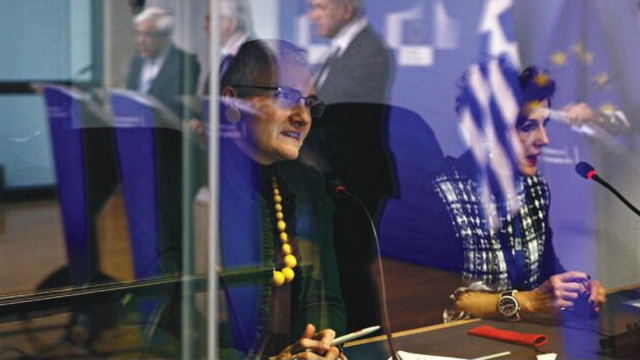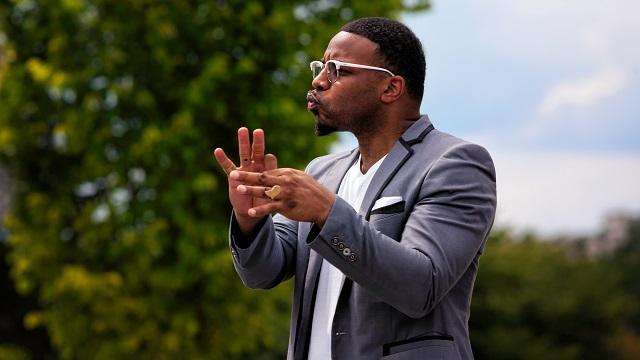-
QUALIFICATIONS
- For Linguists Worldwide
- For UK Public Services
- Preparation
- Policies & Regulation
-
MEMBERSHIP
- Join CIOL
- Membership grades
- NEW for Language Lovers
- Chartered Linguist
- Already a member?
- Professional conduct
- Business & Corporate Partners
-
ASSESSMENTS
- For Second Language Speakers
- English as a Second Language
-
EVENTS & TRAINING
- CPD, Webinars & Training
- CIOL Conference Season 2025
- Events & Networks
- CIOL Mentoring
-
NEWS & VOICES
- News & Voices
- CIOL eNews
- CIOL Awards
- The Linguist
- Jobs & Ads
-
RESOURCES
- For Translators & Interpreters
- For Universities & Students
- Standards & Norms
- CIOL & AI
- All Party Parliamentary Group
- In the UK
- UK Public Services
- Find-a-Linguist
Shifting gears
by Michal Glowacki
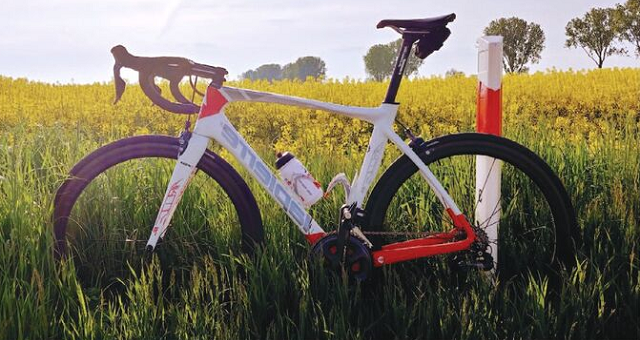 Michal Glowacki considers the challenges of translating for the cycling industry and why it can sometimes be an uphill ride.
Michal Glowacki considers the challenges of translating for the cycling industry and why it can sometimes be an uphill ride.
Imagine an amazing day, sunny, with hardly any wind – the perfect day for my first ride with a group of fellow cyclists (Polish zgrupka), some six years ago. I was enjoying the ride and learning the various hand gestures cyclists use to show potholes, indicate a turn or warn about an obstacle. We were cruising at 18-19 mph, and my front wheel was 2-3 inches behind the rear wheel of the person in front. But I was getting tired – this was my first ride longer than 60 miles. Suddenly, I heard a rubbing noise and the whole world went upside down. I woke up on the road, dazed and surprised. Fortunately, I sustained no major injuries except for some road rash (ścierka/szlif). This was a valuable lesson: when worn out it’s easy to get distracted and touch tyres (liznąć koło).
Cycling is like ice cream: there are lots of flavours. There’s road cycling (kolarstwo szosowe), MTB (‘mountain bike’; MTB), track cycling (kolarstwo torowe), cross-country (XC/cross-country), enduro (enduro), endurance cycling (kolarstwo długodystansowe) and cyclo-cross (CX/kolarstwo przełajowe). And those are just some of the official sports disciplines. Let’s not forget cycling for fun or commuting. When it comes to writing and translating, each one requires different terminology and a different approach in order to engage the target audience.
When translating a parts catalogue, you want to use the official and technical terminology, as catalogues are aimed at retailers, mechanics and enthusiasts. But with a piece for XC fans, you will use colloquial terms to engage readers and build credibility as a brand. A roadie (kolarz szosowy) will appreciate knowing the size of the cassette (kaseta) in the latest aero road bike (szosa aero), but your typical commuter just wants to know if it has enough gears (przełożenia) for their route to work. Translators have to be aware of the context and the audience at all times.
When a cyclist isn’t a cyclist
When writing about cycling in Polish you have to remember that there is a slight and not very well defined difference between terms for riders. Typically, a cyclist is a rowerzysta – a person riding on their bike at any given moment. If they get off their bike, they become a pedestrian. This is a very general way of talking about cyclists. At the same time, if someone rides competitively (especially road cycling, track cycling and MTB), they are a kolarz. The two Polish words overlap in the sense that every kolarz is a rowerzysta, but not vice versa.
So what does that mean for translators? If you are translating a road bike print ad, you’ll probably use kolarz, because even though not everyone rides competitively, most will appreciate that word more than rowerzysta. Equally, if you’re translating a product page for a carbon full-suspension bike (karbonowy full), you won’t want to call your audience rowerzysta, because they may then – justifiably or not – feel that you don’t understand them and their commitment to the sport. Conversely, if you are translating a text on the latest helmet for urban commuters, you should call them rowerzysta. Of course, the same person can be both, so it pays to have context.
When the dictionaries don’t work
Recently I was editing a product catalogue for a European bike manufacturer. The translation, in general, was fine but it contained a lot of terminology errors. The translator had used a dictionary, or their own general knowledge, to fill in the gaps in their cycling knowledge. Thus, ‘foldable tyres’ became opony składane instead of opony zwijane; ‘caster’ became wyprzedzenie sworznia zwrotnicy (an automotive term) rather than wyprzedzenie osi; and ‘Bowden cables’ became cięgna bowdena (an automotive/machinery term) instead of linki hamulcowe.
Another popular term is ‘carbon fibre’. While typically this would be translated as włókno węglowe, and that is the term used in most specifications, cyclists tend to use karbon. Most of these terms don’t exist in popular Polish dictionaries, whether general or technical. So while one can’t expect translators to know all the terms or their equivalents, we at least need to be aware that in many highly specialist fields dictionaries don’t help – they hinder.
There are a number of ways I use to keep up. Most importantly, I ‘live’ in this world. I talk to cyclists and triathletes day in, day out, so I learn the Polish terminology naturally, and even if I don’t know the English term, I see something, understand what it is and match it to the Polish equivalent. I watch Global Cycling Network (GCN) videos on YouTube, which are full of English terminology, and subscribe to a cycling magazine. Browsing manufacturer websites in various languages is also helpful, although there’s a slight trap here. The websites are often translated, so they may contain terminological errors.
The huge variety that exists in cycling translation is another obstacle. At 10am you can be translating a parts catalogue, which is frequently a mix of terminology, technical specifications and marketing copy promoting the benefits of a particular set of shifters (klamkomanetki/manetki/klamki) or drop bar (baranek/kierownica szosowa). Later that day, it may be a betting text analysing Chris Froome’s chances of winning a Grand Tour. This requires statistical and betting terminology, as well as a basic understanding of the various stages and characteristics of the Grand Tours (Tour de France, Giro d’Italia and Vuelta a Espana).
And that’s not all. I remember my surprise when a bike manufacturer sent me a children’s book to work on. It had to read naturally in Polish but also use language that 7-12-year-olds could easily understand. This meant using correct – but not too technical – terminology. There were space restrictions too. It was an interesting challenge.
Global concerns
Cycling is a global sport but France is considered its birthplace. The first documented cycling race took place in Paris in 1868. Another prominent cycling nation is Italy – home of the Giro d’Italia. The result? Cycling terminology is full of French words, such as derailleur (przerzutka) and domestique (domestique/pomocnik), and Italian words like gran fondo and grupetto (Polish uses the Italian or a descriptive translation). You need to be aware of whether such terms should be used untranslated (e.g. monument > monument), untranslated but with Polish inflexion (e.g. drop > dropa, dropem1) or translated into Polish in full (e.g. directeur sportif > dyrektor sportowy).
The international reach of cycling means that you also have to deal with riders’ names. In many languages that’s not a problem – you just copy the name and that’s it – but Polish is not one of those languages. There are seven cases and various grammar requirements, so if you write someone’s name you need to know how it is pronounced and be able to use it in the right grammatical form. Peter Sagan becomes Petera Sagana, for example, but it’s far from simple. If there is a silent letter at the end, you need to use an apostrophe and add the grammatical ending after that (Lance Armstrong > Lance’a Armstronga). And sometimes you only put the last name in the different grammatical form (Mathieu van der Poel > Mathieu van der Poela). This requires some awareness of languages beyond those you work in.
Translating in the field of cycling is like, well, riding a bike… Most of us can cover 10-15 miles in easy terrain without much of a problem, but leave the (100 km) century rides and 40 mph descents on winding Alpine roads to the experts. We would be wise to do the same with cycling-related translations.
Notes
1 From the English, relating to various types of MTB cycling.
More
The Chartered Institute of Linguists (CIOL), Incorporated by Royal Charter, Registered in England and Wales Number RC 000808 and the IoL Educational Trust (IoLET), trading as CIOL Qualifications, Company limited by Guarantee, Registered in England and Wales Number 04297497 and Registered Charity Number 1090263. CIOL is a not-for-profit organisation.


